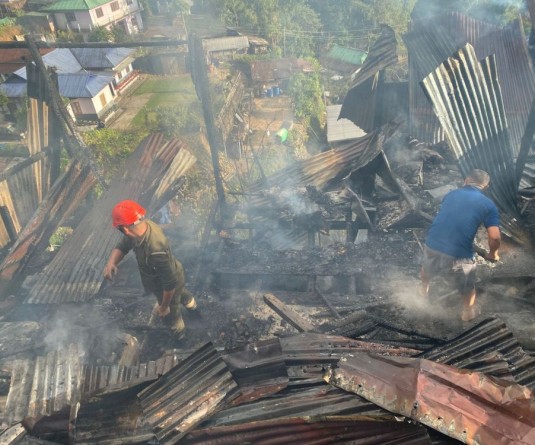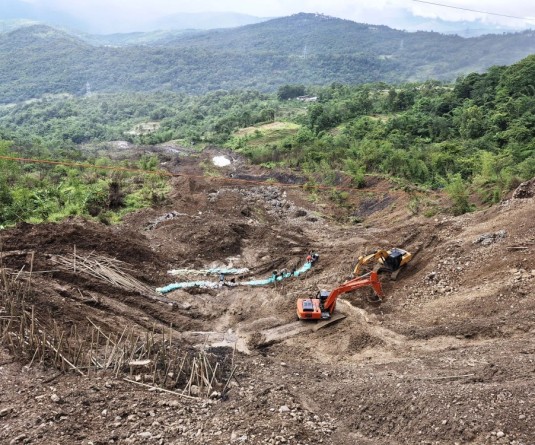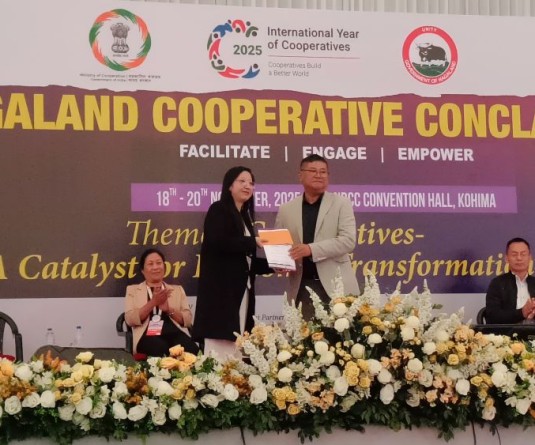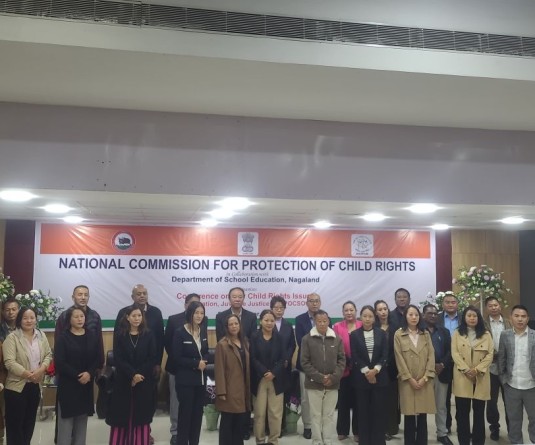
Our Correspondent
Kohima | May 11
About 61 per cent of the total households in the state of Nagaland practice shifting cultivation, in about 1.00 lakh hectares of land annually. This exposed about 5.65 per cent of the total geographical area of the state to soil hazard.
At this rate, it is estimated that over 70 per cent of soil depletion, degradation of land and deterioration of water resources are on account of extensive practice of shifting cultivation, without proper conservation measures.
Conservation of soil and water has important bearing on sustainable livelihood security of the people of the state in the present scenario, according to Nagaland Economic Survey 2016-17.
The geo-physio graphically the state is highly susceptible to soil erosion as only 8.48 per cent of the total geographical area of 16, 579 sq.km can be considered plain and the rest are constituted by undulating and hilly terrain with altitude varying from 200m to 3840m.
The survey report also stated that high annual rainfall with excessive surface run-off during summer and drought like situation in winter. The annual rainfall which varies from 150cm to 250cm can either be a blessing if properly harnessed or become a curse if allowed to flow freely as surface run-off.






